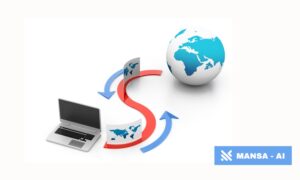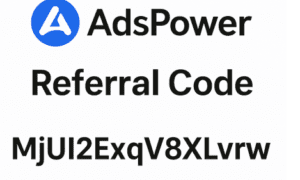Imagine a classroom where every student learns at their own pace, teachers can see who needs help, and lessons go beyond the textbook into interactive, multimedia-rich experiences. This isn’t the future, it’s happening now because of Learning Management System (LMS) technology.
More than just digital filing cabinets, today’s LMS platforms are changing how K–12 teachers plan, deliver, and refine their instruction.
With the right tools, teachers have the convenience to improve teaching strategies and create classrooms that are smarter and engaged. As schools continue to adopt digital transformation, understanding how LMS platforms impact teaching strategies is essential for a brighter future ahead.
The Impact of LMS Platforms on Improving Teaching Strategies
Here are some points that showcase the impact of the LMS platform on improving teaching strategies for enhanced learning experiences.
1. Personalized Learning at Scale
One of the most powerful benefits of LMS platforms is the ability to differentiate instruction. Teachers can create personalized learning paths by assigning different materials, quizzes, or activities based on each student’s skill level.
Many systems also offer analytics that help teachers identify which students are struggling and adjust instruction accordingly.
Example: A teacher using Google Classroom can assign additional practice materials to students who scored low on a math quiz without slowing down the pace for others.
2. Blended Learning Integration
LMS platforms make it easier to implement blended learning models, which combine face-to-face instruction with online activities. This strategy increases flexibility, caters to diverse learning styles, and provides students with multiple ways to engage with content.
For instance, a science teacher might post video lectures for homework and use in-class time for hands-on experiments or group projects.
3. Real-Time Feedback and Assessment
Traditional assessments often provide delayed feedback, which can limit opportunities for improvement. LMS tools allow for immediate measurement of quizzes and assignments for an ongoing formative assessment of students.
Moreover, this approach helps students understand their progress and allows teachers to adjust strategies in real time. Teachers can track individual performance trends, identify knowledge gaps, and intervene early, leading to more effective teaching.
4. Increased Student Engagement
Modern LMS platforms often include features like discussion boards, multimedia content integration, interactive quizzes, and gamification tools. These tools help create a more interactive and engaging classroom environment, even in online or hybrid setups.
Students can participate in online discussions, respond to polls, or complete interactive assignments that make learning more dynamic.
5. Streamlined Communication and Collaboration
LMS platforms centralize communication between students, teachers, and even parents. Teachers can share announcements, provide feedback, and organize virtual office hours or group activities, all within one platform.
In addition, this transparency helps students stay on track and allows parents to be more involved in their child’s education. No matter if they are distracted, educators use teaching strategies to keep them engaged while learning online.
6. Time-Saving for Teachers
While there is an initial learning curve, once they get familiar, LMS platforms can save teachers important time. Automating routine tasks like grading, attendance tracking, and content delivery allows educators to focus more on strategy and student interaction.
Reusable templates, auto-graded quizzes, and scheduled posts simplify planning and classroom management. In this way, teachers don’t have to worry about their essential tasks in order to improve their learning game.
7. Centralized Hub for Students
All LMS platforms provide students with a centralized hub for learning to enhance their knowledge retention for better outcomes. Platforms like TTU Blackboard offer online educational courses to help students lead in the general market of jobs and business opportunities.
That’s how many of the LMS become a favorite among learners while developing career supporting skills and knowledge retention strategies. In addition, teachers also have time to keep their learners hooked in the basic form of learning for better engagement.
All in All…
LMS platforms are not just tools that have digital educational content, they are powerful partners to teachers to improve teaching strategies. For the 21st-century classroom, they are no longer a luxury but a necessity to provide students with enhanced learning.
K–12 educators can create more personalized, engaging, and effective learning experiences if they make the best use of such platforms. The key lies in thoughtful integration, ongoing professional development, and a willingness to adapt traditional methods to new technologies.





























